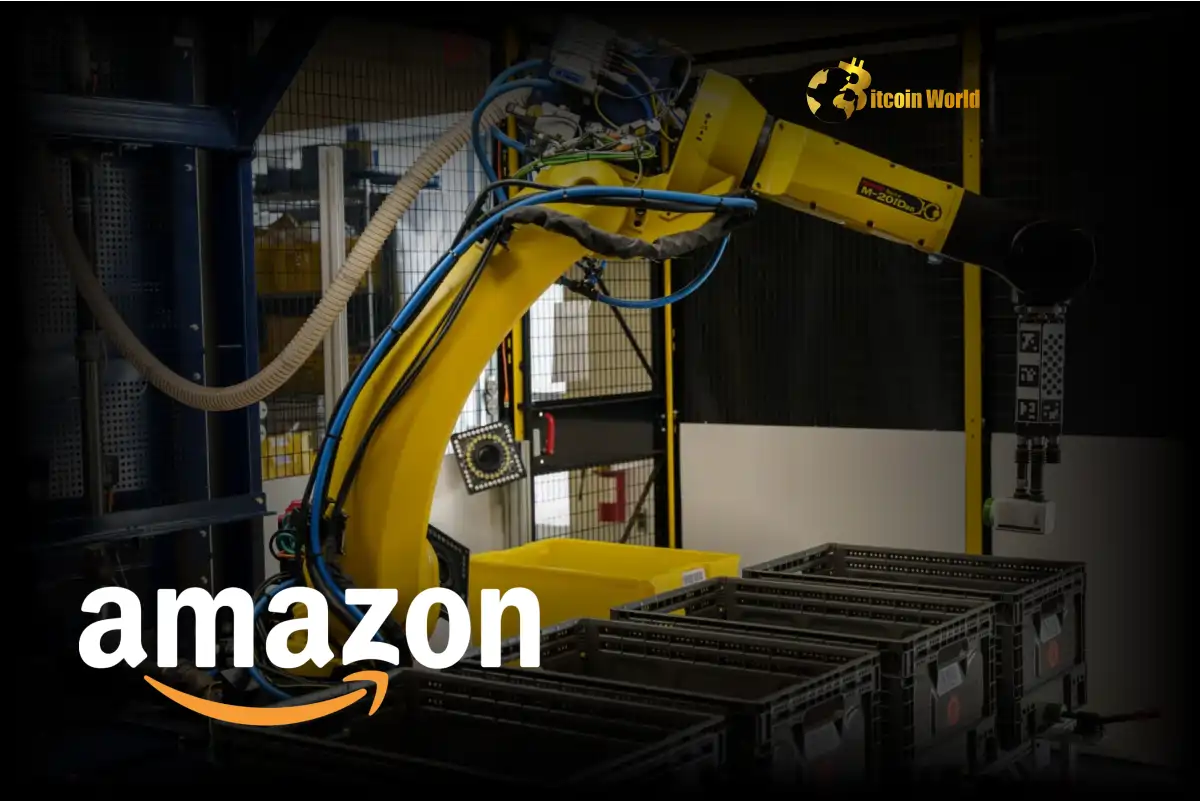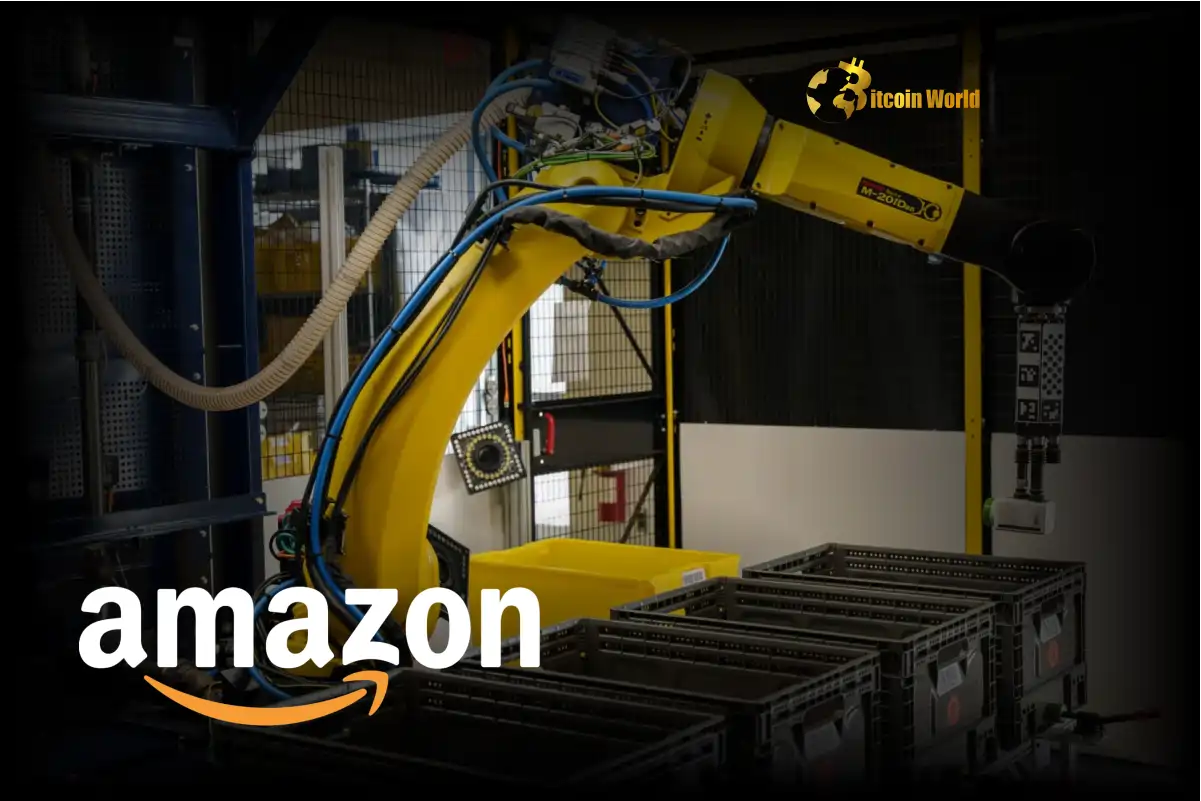The conversation around AI and Jobs often feels like two extremes. On one hand, you hear predictions of widespread job losses as bots take over everything. On the other, there’s the more optimistic view that technology will eliminate tedious tasks and create entirely new opportunities for humans. For those navigating the fast-paced world of technology and even cryptocurrency, understanding this shift is crucial.
The Shifting Landscape of AI and Jobs
Historically, technological advancements have often led to job displacement in certain sectors but simultaneously fueled the creation of new roles. The World Economic Forum echoes this, predicting that while millions of roles may be displaced by current trends, even more new jobs could emerge. But what does this mean for individuals, particularly those in roles traditionally considered ‘unskilled,’ like warehouse workers? How do they fit into this evolving picture driven by advanced Robot Automation?
This is where companies like Amazon offer a glimpse. They are at the forefront of integrating automation into their operations, providing real-world examples of this transition. The introduction of sophisticated systems changes the nature of work within their facilities.
Amazon Warehouse Robots: More Than Just Lifting
Amazon recently provided insights into their progress in integrating robots into their warehouses. A key development is the new Vulcan robot, designed to handle physically demanding tasks. According to Amazon CEO Andy Jassy, Vulcan is intended to improve safety by taking over ergonomically challenging work, such as reaching high shelves or bending low.
This doesn’t mean humans are out of the picture entirely, at least not yet. Amazon describes Vulcan working alongside employees. The robot might retrieve items from the top and bottom shelves, leaving humans to handle items in the middle or those the robot cannot yet manage. This model suggests a collaboration, where robots augment human capabilities rather than completely replacing them.
Preparing the Workforce for the Future of Work
Beyond the immediate task sharing, Amazon highlights another critical aspect: the creation of new job categories. The company states that robots, which are involved in fulfilling a significant percentage of customer orders, have already led to hundreds of new types of roles. These range from robotic floor monitors to onsite reliability maintenance engineers. This points towards a significant shift in the required skillset for warehouse employees.
Recognizing this, Amazon also mentioned its Workforce Retraining program. This initiative aims to equip existing workers with the skills needed to transition into these new technology-focused roles, such as maintaining and operating the robots. This is a crucial component of adapting to increased Robot Automation.
While this retraining is a positive step, it’s important to be realistic. Converting the entire workforce to robot technicians isn’t a simple one-to-one replacement. Not everyone will have the interest or aptitude for these technical roles. The scale of human oversight needed for robots is also different from the number of people required for manual tasks.
What Does This Mean for Jobs Beyond the Warehouse?
Amazon’s approach offers a potential blueprint for how other industries might adapt. Could we see ‘automation monitors’ in retail, overseeing self-checkout systems? Or workers supervising automated cooking systems in fast food? The idea is that running and maintaining automation becomes a fundamental skill, much like using a computer is today, essential for navigating the Future of Work.
However, it’s also possible that widespread, full Robot Automation might not materialize as quickly or broadly as some predict. High-level automation might remain concentrated in large corporations or specific industries like automotive manufacturing for years or decades to come. Examples like Amazon’s own ‘Just Walk Out’ technology, which faced challenges and reliance on human oversight, demonstrate that the path to full automation isn’t always straightforward or immediately scalable across all sectors.
Conclusion: Navigating the Automated Horizon
Amazon’s developments with Amazon Warehouse Robots like Vulcan illustrate a tangible path forward in the age of AI and automation. While some roles may change or diminish, the introduction of sophisticated robots is simultaneously creating demand for new skills and job categories, particularly in maintenance and oversight. The emphasis on Workforce Retraining is a key element in ensuring that the human workforce can adapt to this evolving technological landscape and secure their place in the Future of Work.
To learn more about the latest AI market trends, explore our article on key developments shaping AI features.






